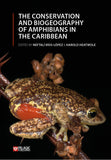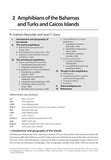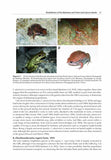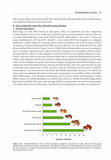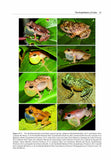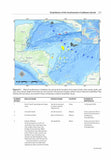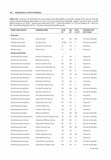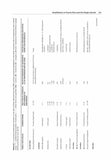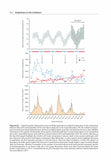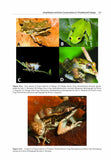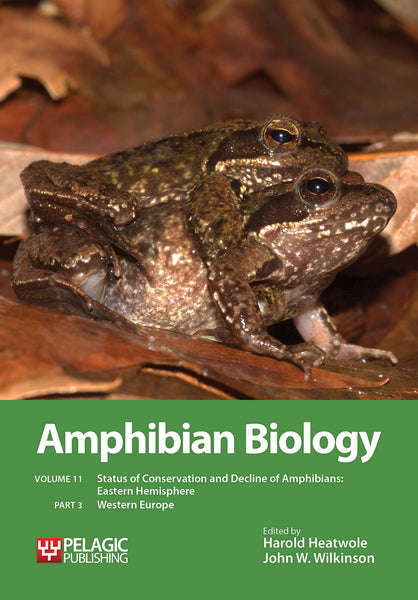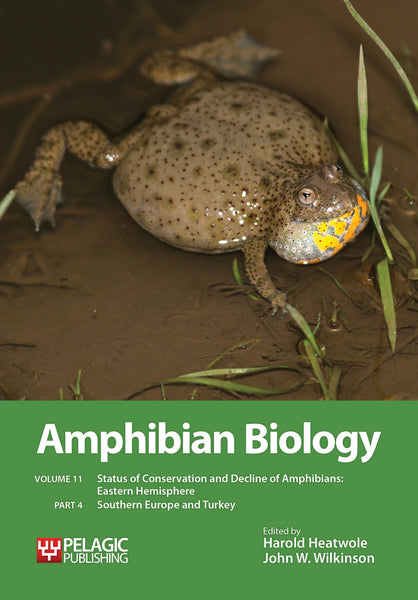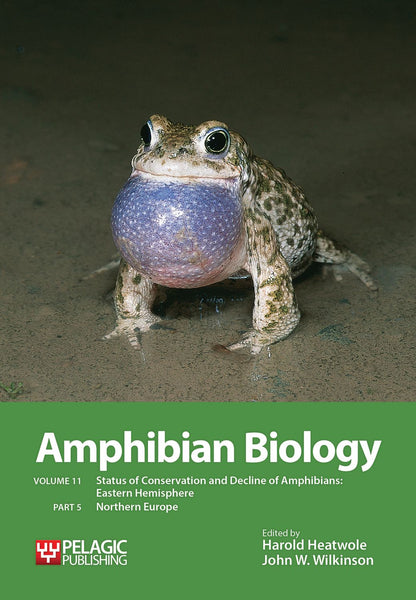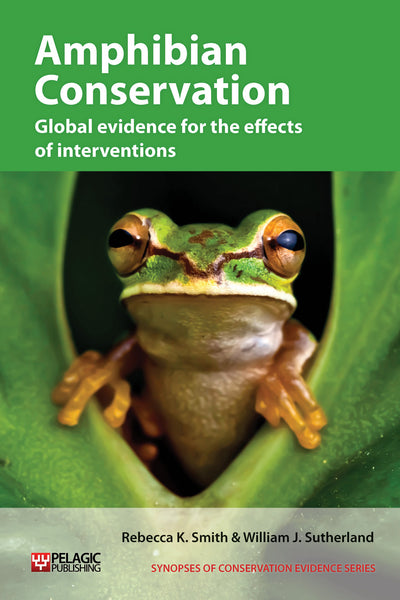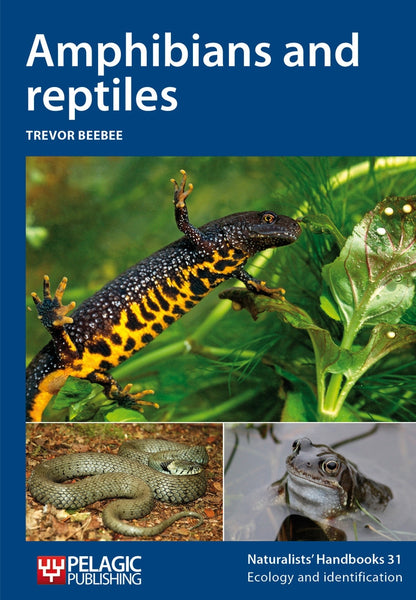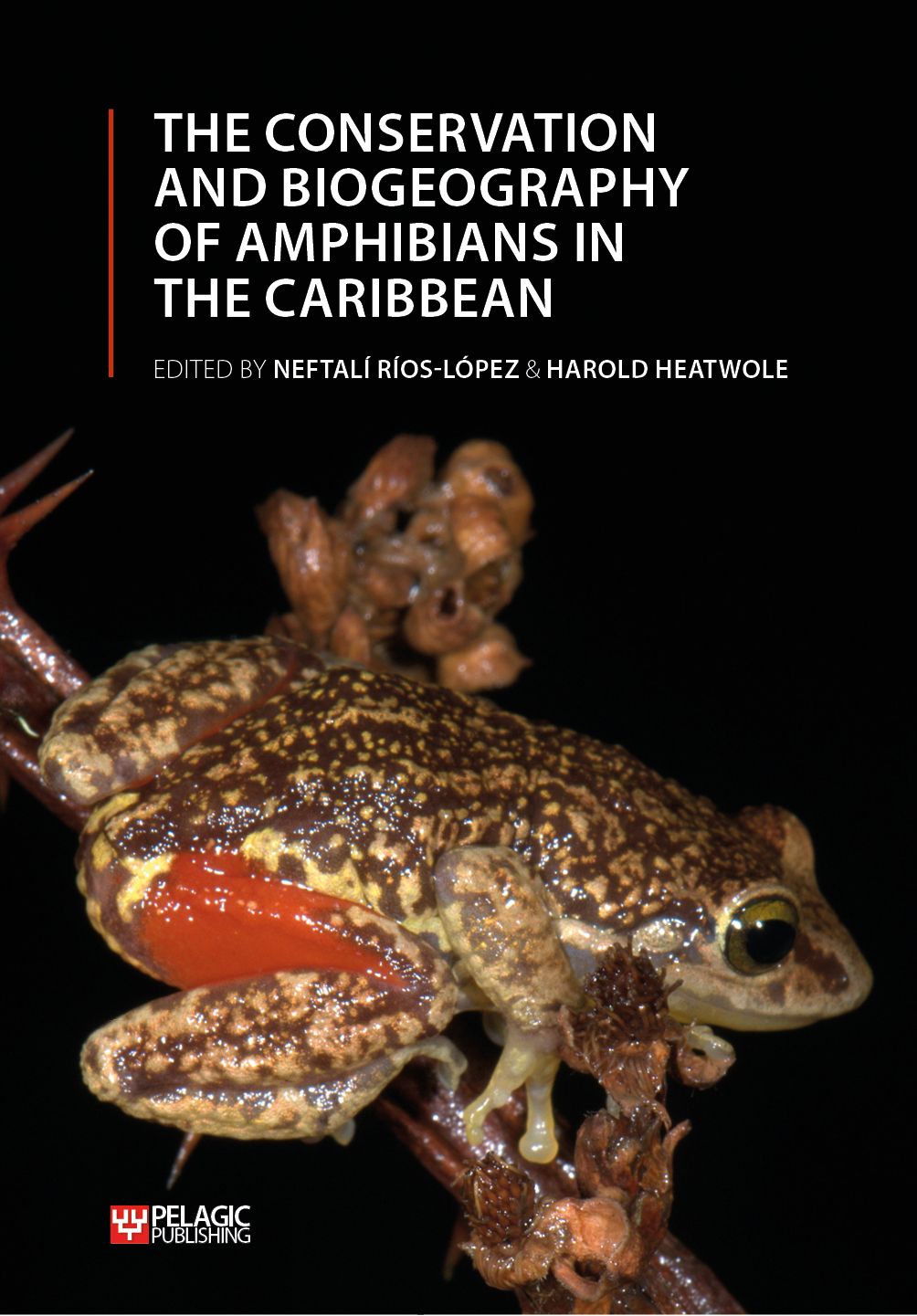
The Conservation and Biogeography of Amphibians in the Caribbean
- Reviews the ecology and biogeography of all the main Caribbean islands, and how these relate to the amphibians occurring there.
- Considers all the threats facing Caribbean amphibians as well as the efforts being made to protect them, from reserves to legislation.
- Offers an important baseline against which future amphibian conservation can be measured in the face of climate change, rising sea level and a burgeoning human population.
- ....a landmark publication for Caribbean herpetology.
—Wilson Guillory, Bulletin of the Chicago Herpetological Society
- amphibians
- biogeography
- Caribbean
- conservation
- ecology
- herpetofauna
- herpetology
Description
An expansive and detailed review of the biology of Caribbean amphibians, considering their threats, conservation and outlook in a changing world. Amphibians are the group of vertebrates undergoing the fastest rate of extinction; it is urgent that we understand the causes of this and find means of protecting them.
This landmark illustrated volume brings together the leading experts in the field. As well as offering an overview of the region as a whole, individual chapters are devoted to each island or island-group and the measures used to protect their amphibians through legislation or nature reserves. The biological background of insular biogeography, including its methods, analysis and results, is reviewed and applied specifically to the problems of Caribbean amphibians – this includes a re-examination of patterns and general ideas about the status of amphibians in the Anthropocene.
The Conservation and Biogeography of Amphibians in the Caribbean offers an important baseline against which future amphibian conservation can be measured in the face of climate change, rising sea level and a burgeoning human population. Covers over 300 species.
This book is Volume 9 Part 5 of the Amphibian Biology series.
DOI: https://doi.org/10.53061/HUCG2445
Table of Contents
1. Theories of Insular Biogeography and Ecology Harold Heatwole and Neftalí Ríos-López
DOI: https://doi.org/10.53061/USVO8651
2. Amphibians of the Bahamas and Turks and Caicos Islands R. Graham Reynolds and Sean T. Giery
DOI: https://doi.org/10.53061/WNSU3325
3. The Amphibians of Cuba: integrative insight into the diversity and conservation of a highly vulnerable fauna Luis M. Díaz, Ansel Fong G., Alberto R. Estrada, Antonio Cádiz, Amnerys González, Rolando Fernández de Arcila, Irelis Bignotte-Giró, and Sixto J. Incháustegui
DOI: https://doi.org/10.53061/PWOP8393
4. The Southwestern Caribbean Islands Harold Heatwole and Javier Sunyer
DOI: https://doi.org/10.53061/QEMH9420
5. Amphibians of Jamaica K. Stephenson and B. Wilson
DOI: https://doi.org/10.53061/IZDZ9752
6. Status of amphibians in the Republic of Haiti: a review Neftalí Ríos-López
DOI: https://doi.org/10.53061/YTJG7753
7. Status of amphibian conservation and decline in the Dominican Republic, Hispaniola Sixto J. Incháustegui and Luis M. Díaz
DOI: https://doi.org/10.53061/CXGT6549
8. Amphibians and their history, distribution, and conservation in Puerto Rico and the Virgin Islands Neftalí Ríos-López, Alberto R. Puente-Rolón, Nicole F. Angeli, Sondra I. Vega-Castillo, and Daniel Dávila-Casanova
DOI: https://doi.org/10.53061/ZLYL5129
9. Amphibians of the Lesser Antilles Robert Powell and Robert W. Henderson
DOI: https://doi.org/10.53061/GKFK9725
10. Amphibians of Aruba, Curaçao, and Bonaire Gerard van Buurt
DOI: https://doi.org/10.53061/XGMW2341
11. The Venezuelan Islands Harold Heatwole
DOI: https://doi.org/10.53061/JTRO5536
12. Amphibians and their Conservation in Trinidad and Tobago Renoir J. Auguste, J. Roger Downie, Michael J. Jowers, Richard M. Lehtinen, Ryan S. Mohammed, and John C. Murphy
DOI: https://doi.org/10.53061/RCJP8789
13. Amphibians of the Bocas Del Toro Archipelago, Republic of Panama Sandra P. Galeano, Layla Freeborn, and Ricardo Cossio
DOI: https://doi.org/10.53061/JDCB6361
Reviews
- Overall this is a strong volume and a landmark publication for Caribbean herpetology... Hopefully, The Conservation and Biogeography of Amphibians in the Caribbean will inspire a new generation of research and preservation in this fascinating group.
—Wilson Guillory, Bulletin of the Chicago Herpetological Society
About the Author
Neftalí Ríos-López holds a PhD in biology and is a Professor of Biology at the University of Puerto Rico. He has written more than 30 scientific articles on natural history, taxonomy, bioacoustics, population and community ecology, climatic change, and conservation of herpetofauna.
Harold Heatwole holds PhDs in zoology, and botany and earth science. He has worked at the universities of Puerto Rico, New England and North Carolina State. As well as being editor for ten years of the journal Integrative and Comparative Biology, he is author of almost 350 scientific articles. His research interests include herpetology, biogeography, seabirds, tardigrades and ants. He is a Fellow of the Explorers’ Club.
Bibliographic Information
 618 pages
618 pages - 252 colour photographs, 22 figures, 25 maps
- 47 tables
- BISAC SCI020000, SCI070000, NAT028000
- BIC PSVW3, RNKH, PSVS






